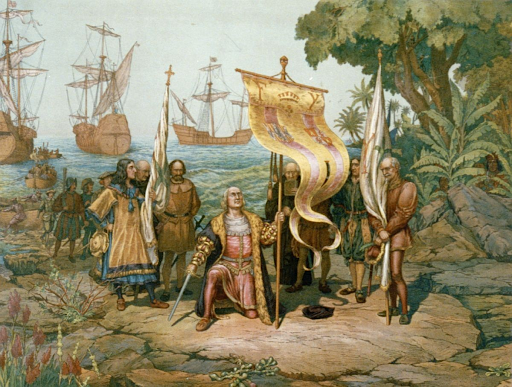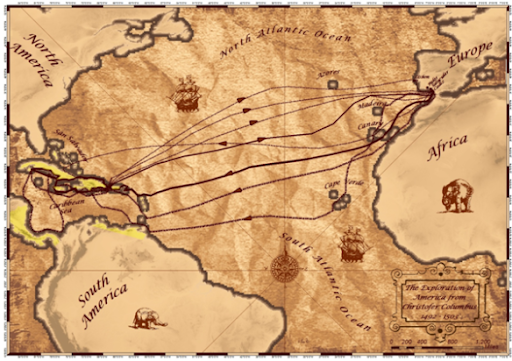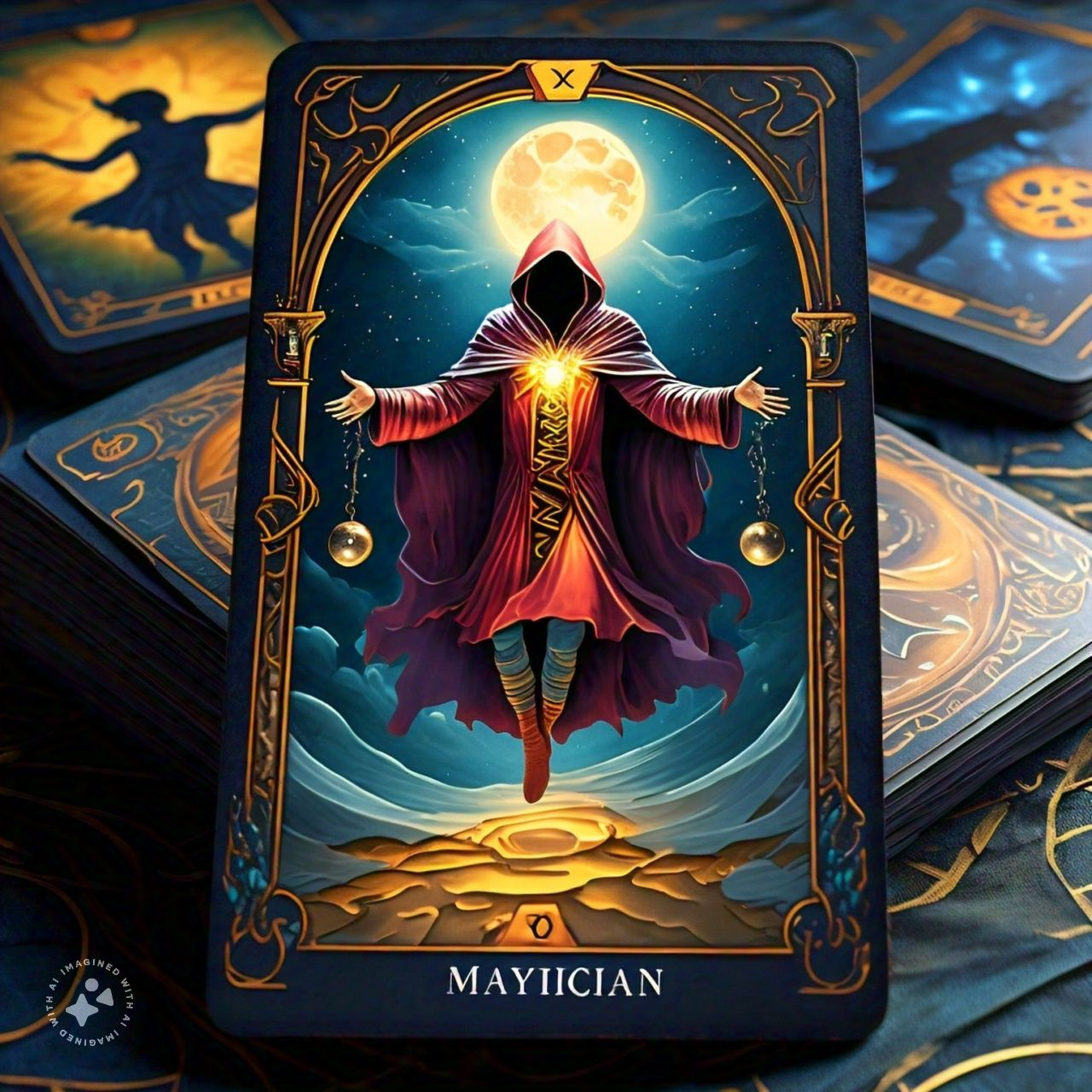
North and South America are states that have multicultural combinations, tracking beyond recorded history. The uninterrupted flow of people seeking better lives, abundant resources, and opportunities has been consistent, forming the complex story of this land. Since its first migrations of the Clovis and Pre-Clovis peoples to the Norsemen who put down feet in Canada before Columbus. Even the riveting spread of sweet potatoes from South America to Polynesia. The history of America is a combination of arrivals, interactions, and exchanges across continents.
In effect, America’s history exposes a record of migration, exploration, and cultural exchange. Therefore, the land’s story contains a rich and miscellaneous history, a resonant evidence of human movement, transformation, and the pursuit of new horizons. Now we will explore the tremendous history behind the discovery of America.
According to most historians, 15th-century Italian adventurer and naval navigator, Christopher Columbus, commenced on several voyages across the Atlantic Ocean. These journeys were funded by the Catholic Monarchs of Spain. He wanted to discover a new trade path to India and Asia. Whereas Columbus is usually credited with “discovering” the Americas. His journeys marked the first connection between Europeans and regions such as the Caribbean, Central America, and South America.

Columbus was born in Genoa around October 31, 1451, he grew up at sea, cruising in the Mediterranean Sea as a teenager. His first endeavor to travel beyond the Mediterranean was unsuccessful. During his journey, pirates attacked his ship in 1476 and took him to Portugal. Then, he settled there and married Filipa Moniz Perestrelo.
After his wife’s death, Columbus migrated to Spain. There he gained fame for his journeys. His most well-known voyage began in 1492, financed by the Spanish monarchs. Trusting he had reached the eastern shore of India, Columbus set down in what we now know as the Caribbean, thinking he had found the Indies.
During his primary voyage toward Europe, he explored newly discovered lands and resources. His Further journeys were marked by meet-ups with local people and endeavors to find gold and valuable commodities. However, these trips often resulted in conflict, exploitation, and the subjugation of the indigenous population.

Columbus’s legacy is controversial. While his explorations opened the door to further journeys and interactions between continents (known as the Columbian Exchange), they also led to a destructive effect on indigenous populations and cultures.
Regardless of being a revolutionary explorer in some circles, Columbus’s legacy is damaged by his treatment of native populations and the effects of the exploitation and exchanges that tracked his voyages. Moreover, recent research suggests that Columbus might not have been the first European to reach the Americas, as it is believed to have happened around 500 years earlier.
It is now proved that the first individuals to discover and settle the Americas were not Europeans but the forefathers of the Indigenous peoples known today as First Nations, Native Americans, or American Indians. These earlier explorers were nomadic collected groups who migrated from Asia to North America during the last ice age. They crossed a land bridge constructed across the Bering Strait due to lowered sea levels.





